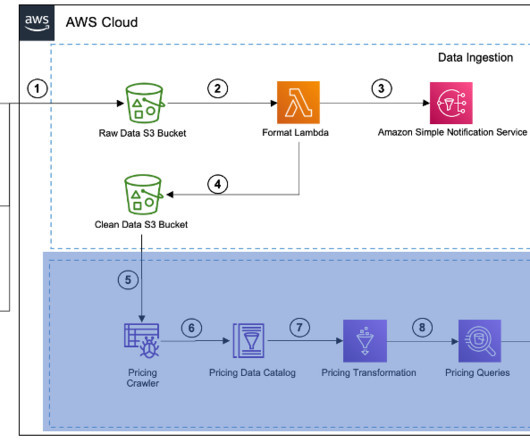PCI compliance: The best defense is a great defense
CIO Business Intelligence
OCTOBER 16, 2023
PCI DSS compliance is a robust defense that significantly mitigates the risks involved with all three. Researchers for the 2023 DBIR identified system intrusion, social engineering and basic web application attacks as the most common attack patterns that led to breaches and data theft.














Let's personalize your content